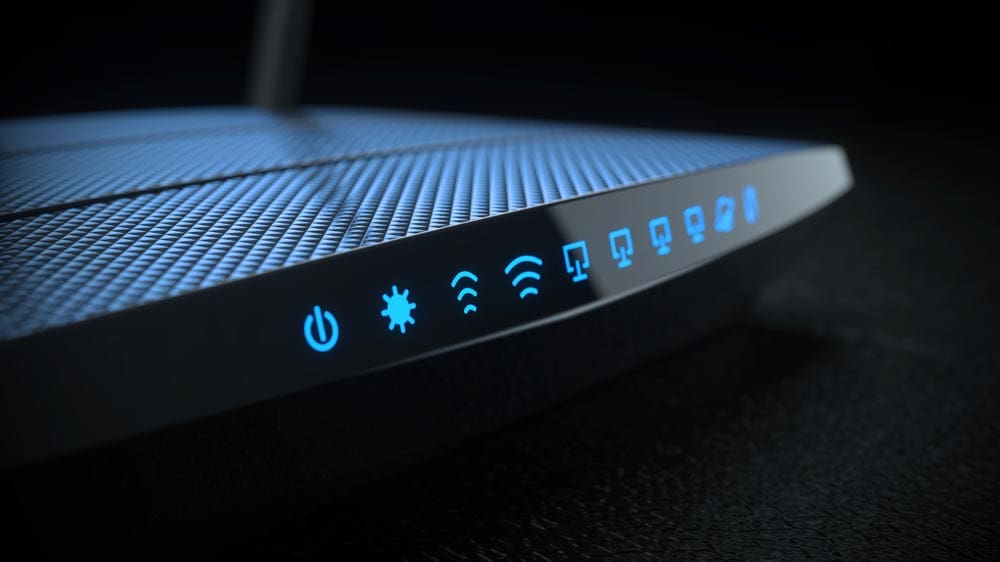IEEE has published IEEE 802.11™-2012, which defines the technology for the world’s premier wireless local area network (LAN) products.
The revision1 has been expanded significantly by supporting devices and networks that are faster, more secure, while offering improved Quality of Service and, improved cellular network hand-off. IEEE 802.11 standards, often referred to as “Wi-Fi®,” already underpin wireless networking applications around the world, such as wireless access to the Internet from offices, homes, airports, hotels, restaurants, trains and aircraft around the world. The standard’s relevance continues to expand with the emergence of new applications, such as the smart grid, which augments the facility for electricity generation, distribution, delivery and consumption with a two-way, end-to-end network for communications and control.
IEEE 802.11 defines one MAC and several PHY specifications for wireless connectivity for fixed, portable and mobile stations. IEEE 802.11-2012 is the fourth revision of the standard to be released since its initial publication in 1997. In addition to incorporating various technical updates and enhancements, IEEE 802.11-2012 consolidates 10 amendments to the base standard that were approved since IEEE 802.11’s last full revision, in 2007. IEEE 802.11n™, for example, defined MAC and PHY modifications to enable much higher throughputs, with a maximum of 600Mb/s; other amendments that have been incorporated into IEEE 802.11-2012 addressed direct-link setup, “fast roam,” radio resource measurement, operation in the 3650-3700MHz band, vehicular environments, mesh networking, security, broadcast/multicast and unicast data delivery, interworking with external networks and network management.
IEEE 802.11 is available for purchase for $5 (in PDF format) at the IEEE Standards Store.
1 IEEE 802.11™-2012 “Standard for Information technology–Telecommunications and information exchange between systems Local and metropolitan area networks–Specific requirements Part 11: Wireless LAN Medium Access Control (MAC) and Physical Layer (PHY) Specifications”









